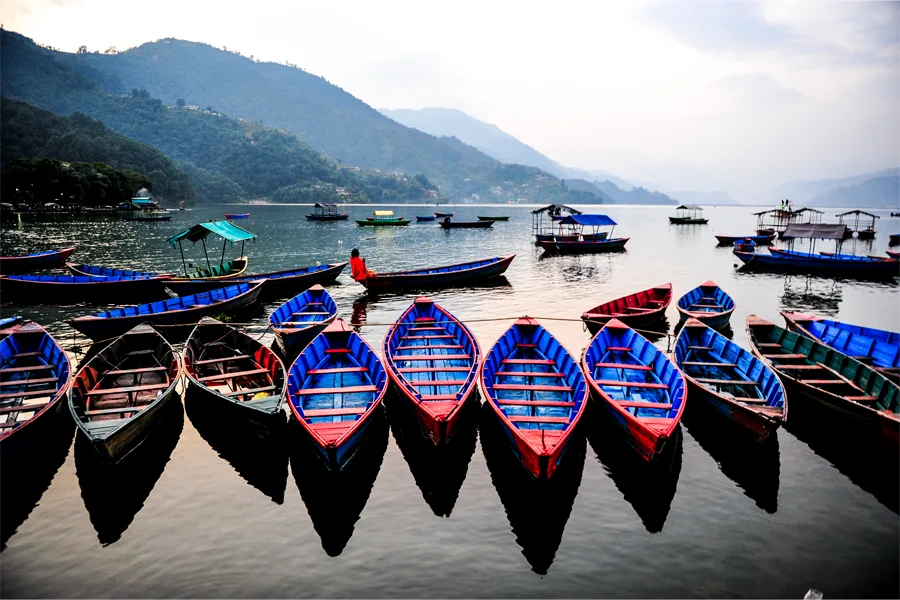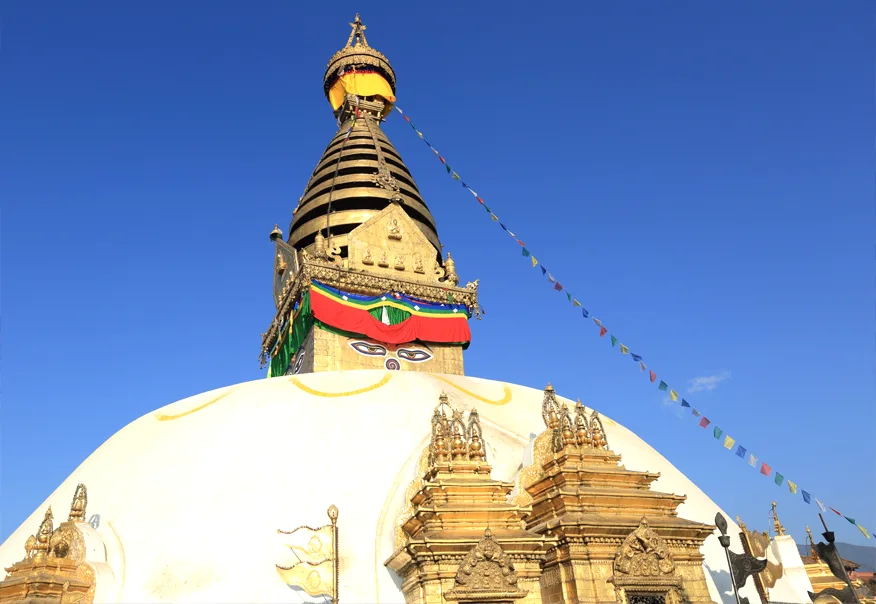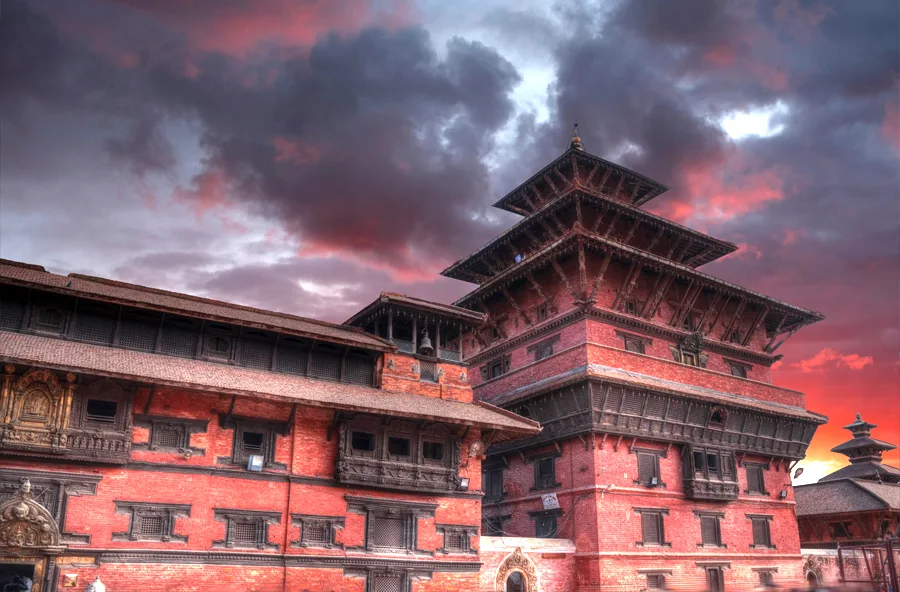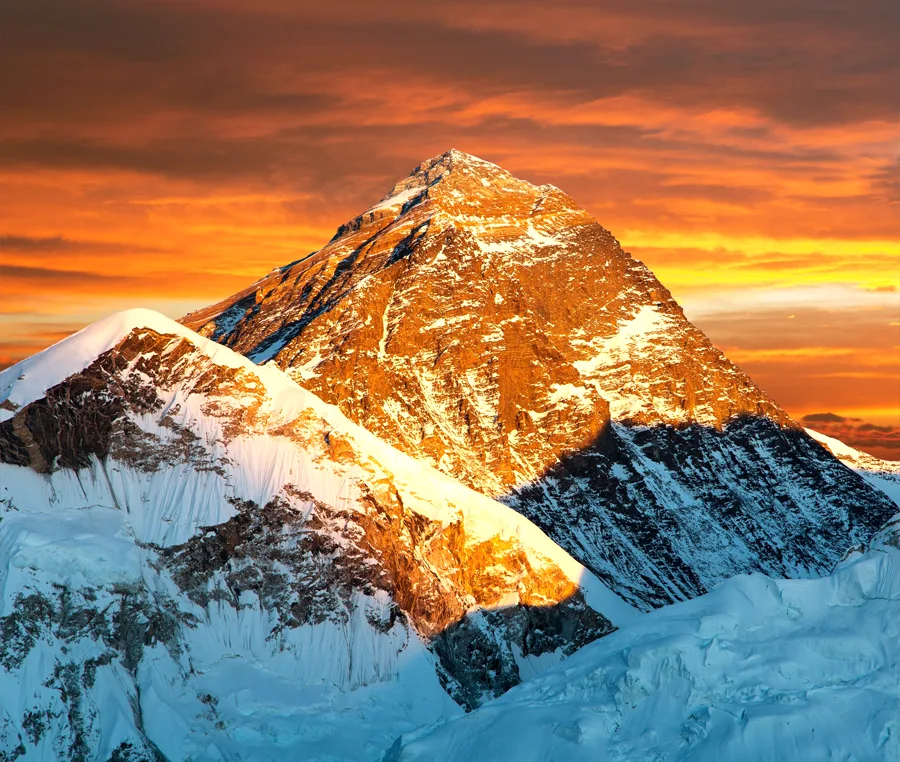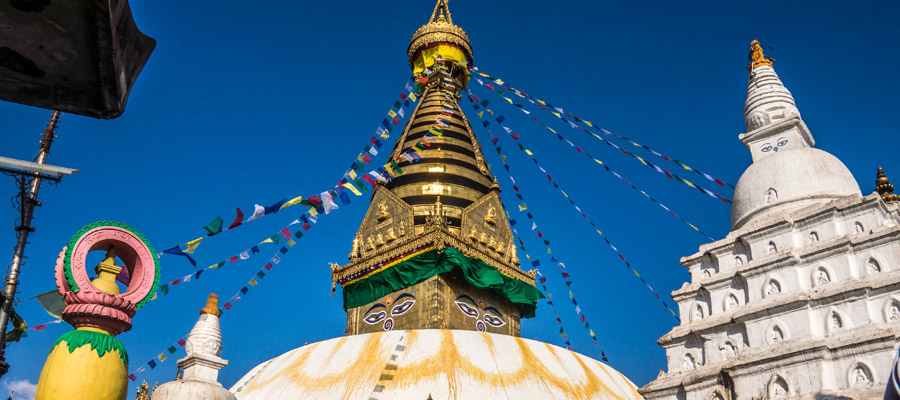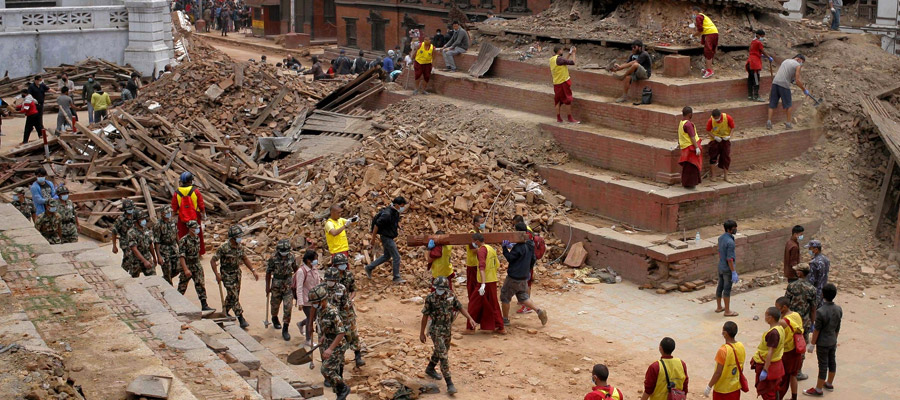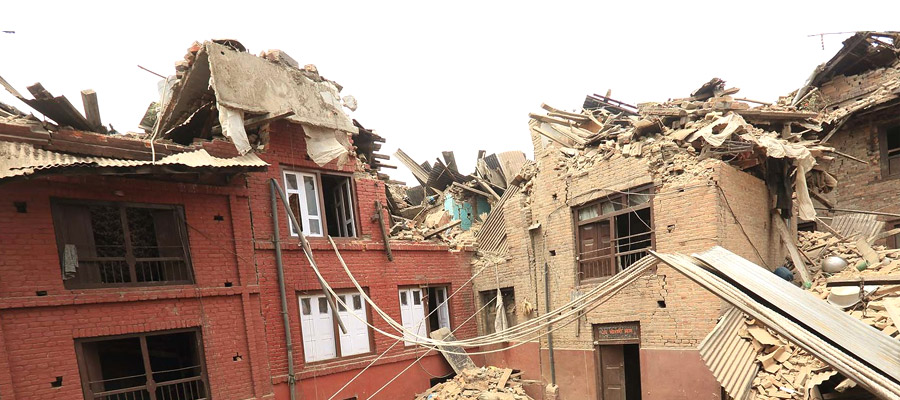We do everything we can to make our parents happy. Even if we do something great, we will not be happy if our family doesn’t like it. Here is a chance for you and your family to go on an adventure trek. When you stand on the top of the Nepal Himalayas with your family, you will feel like you are on top of the world. Because family is always the most important!
In spite of the general perception, kids and seniors can easily go trekking in Nepal. After all, not every part of Nepal is hard to trek through. There are a lot of family treks in Nepal that are just easy walks through nature and are great for starting out with the family.
A Recommendation – 5 Best Family Treks in Nepal
Trekking is a great way to learn about the outdoors, experience new cultures and traditions, and have meaningful human experiences. It’s a great way to get kids outside and teach them important lessons about life.
We don’t get to choose our family, but we can always choose to stay with them. Whether the trek is hard or you are happy to be in the mountains. Now you can take the perfect family picture and see that twinkle in their eyes by going on one of these great family outings.
Ghorepani Poon Hill Trek
Ghorepani Poon Hill is a great place for family treks in Nepal. It is already popular with kids and new hikers. On the Ghorepani Poon Hill trek, the highest point is around 3,210 meters (10,531 feet), which is Poon Hill itself. This is a lot less than other well-known treks in Nepal.
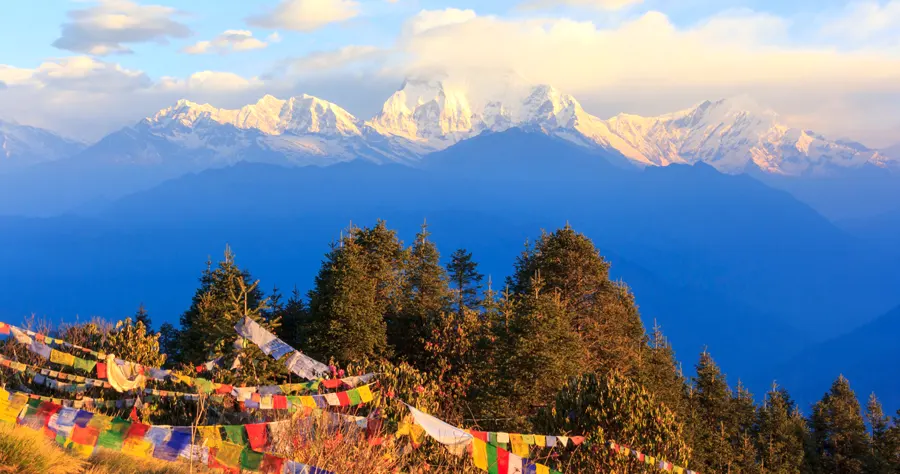
On the trek, every day brings pleasant surprises, but only after slow climbs. The beautiful peak of Mt. Fishtail can be seen from the start of the hike. The whole trail is in good shape, and each teahouse is easy to find.
You can see beautiful mountains, icy waterfalls, and subtropical valleys from this trek. The path will take you through a flowering orchid and rhododendron forest. A place you must go if you want to teach your kids about hiking and nature.
Mardi Himal Trek
Mardi Himal is a popular trail that is good for beginners and is also a good place for family treks in Nepal. Through the Annapurna Region, the whole trail is a wonderful walk. It is one of Nepal’s shortest trekking routes.
From Pokhara, the path takes you through green forests, villages, and stepped fields. The best part is getting to Mardi Himal Base Camp, where you can see the Annapurna, Machapuchare, and Hiunchuli mountains, which are truly amazing. To reach there we will pass through Deurali, Forest Camp, Low Camp, High Camp, and Upper View Point.
The trek can be done in 5–7 days, which is shorter than treks like the Dhaulagiri Circuit or Kanchenjunga Base Camp, which take longer. Most of the time, the ascent on the Mardi Himal Trek is slow, which lets hikers get used to the altitude more easily.
Langtang Valley Trek
The Langtang Valley Trek, located north of Kathmandu, offers beautiful vistas, rich cultural experiences, and the warmth of local friendliness. This trip is well-known for its varied options. Trekkers can immerse themselves in the distinct culture of the Tamang and Tibetan populations who live in this area.
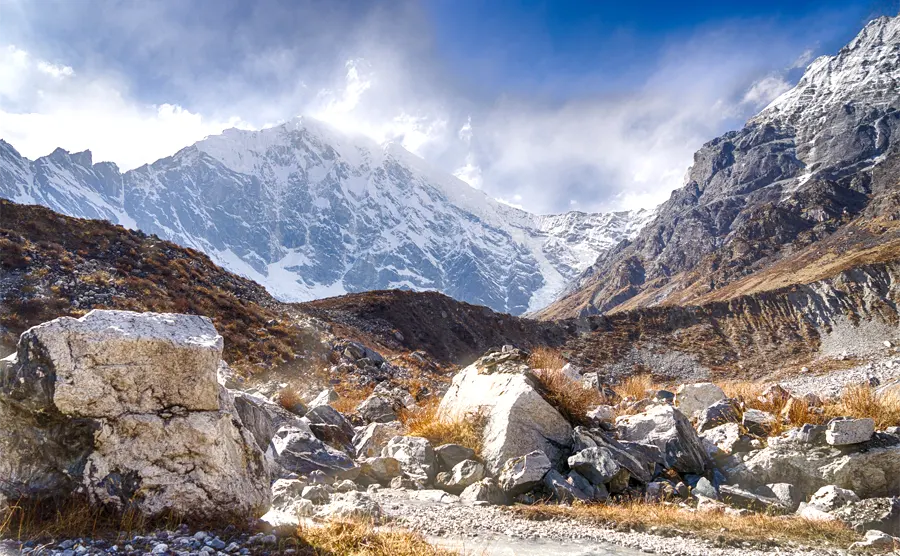
The Langtang Valley Trek starts in Syabrubesi and ascends gently through lush forests and lovely Tamang settlements. The path follows the Langtang River and passes through Kyanjin Gompa, a lovely monastery settlement surrounded by towering peaks. Side trips to panoramic vistas are available.
This is an ideal vacation for adventurous families searching for a mountain trip. Walk along these less-traveled trails to get the perfect family portrait with the Langtang range in the background.
Annapurna Base Camp Trek
The Annapurna Base Camp is another well-known family treks in Nepal which is located in Annapurna region. People enjoy it because of the stunning scenery, variety of landscapes, and the opportunity to experience how locals live on a daily basis. The trail takes you through verdant forests, flat fields formed like stairs, and old towns before arriving at the foot of Annapurna I, the world’s tenth tallest mountain.
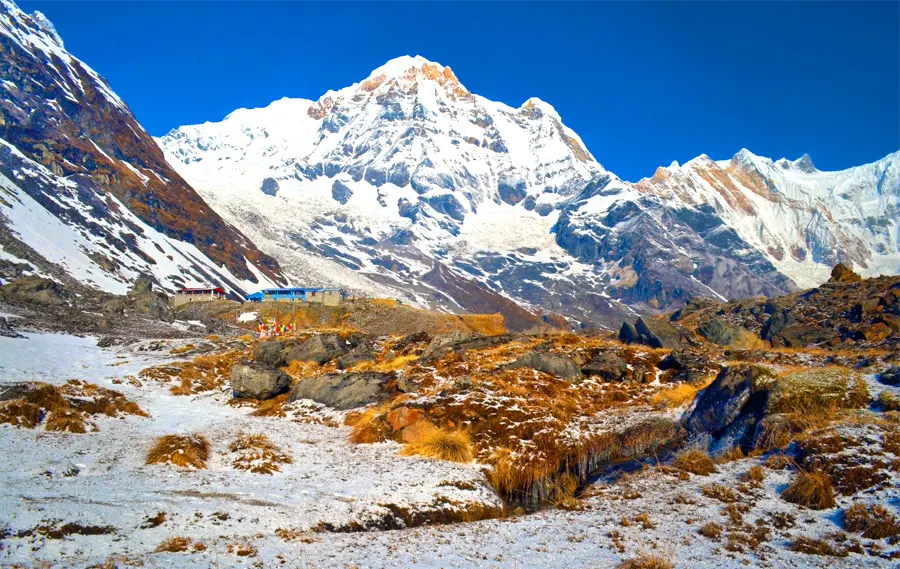
The Annapurna Base Camp hike is a fantastic excursion in Nepal’s Annapurna region. It begins in Nayapul or Phedi and travels through picturesque forests and villages such as Ghorepani, Tadapani, Chhomrong, and Bamboo. The route takes you through a variety of scenery, including rhododendron forests and terraced fields. Finally, it arrives at the breathtaking Annapurna Base Camp, surrounded by majestic peaks.
This walk is best done with your family when the weather is nice, which is usually in the spring and autumn.
Everest Base Camp Trek
The trek to Everest Base Camp is well-known for its breathtaking views. Even if you cannot stand on top of the world, you can be with your family in front of the world’s greatest peaks. It passes through the scenic Khumbu region of Nepal and provides breathtaking views of Mount Everest, the tallest mountain on the planet.
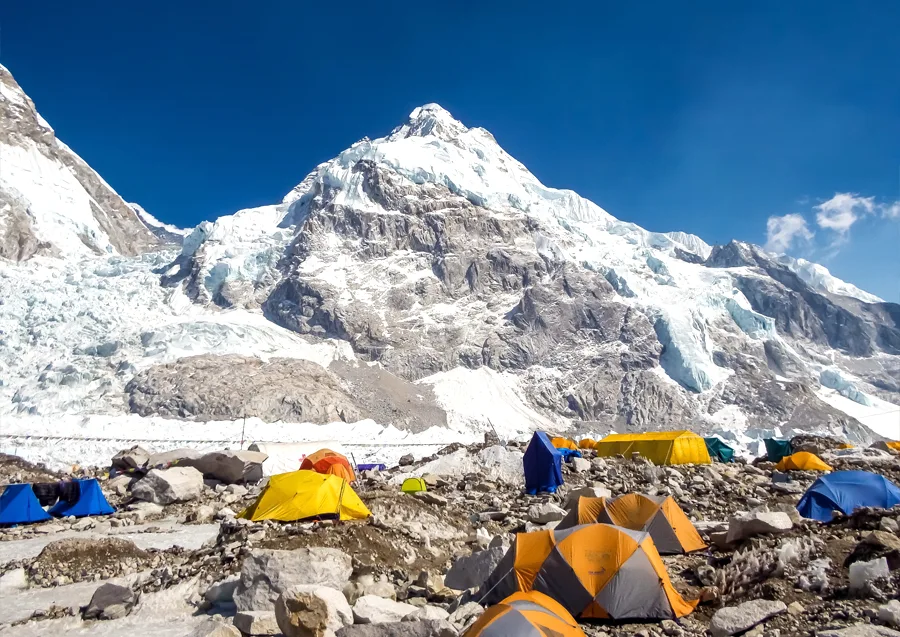
The excursion normally begins with a picturesque flight from Kathmandu to Lukla. The trip then continues via picturesque villages such as Phakding and Namche Bazaar. Continue on to Tengboche, with its magnificent monastery, and Dingboche, where acclimating to the high altitude is critical. Climbing higher, you’ll arrive at Lobuche and Gorekshep, the final stop before reaching Everest Base Camp.
A family trip to Everest Base Camp can be an incredible and unforgettable adventure. However, there are a few things to keep in mind to ensure that everyone, especially children and elderly family members, feels safe, comfortable, and having a good time.
Pros and Cons of Family Treks in Nepal
Most modern families are struggling with new age problems. Children are not getting undisturbed time with their parents. They are disconnected from nature and do not see themselves as a part of it.
But every things have both Pros and Cons, below we have listed you some pros and cons of family treks in Nepal
Pros
- Trekking in the Nepal Himalayas allows families to unite, share experiences, and make lifelong memories.
- Your families will have the opportunity to interact with local people, learn about their way of life, and get a better knowledge of various cultures.
- Trekking features physical activity and outdoor exercise, which can be helpful to family members’ well-being as well as their health.
- Overcoming difficulties along the path can increase your sense of self-worth and confidence.
- Your children may learn about geography, geology, ecosystems, native plants and wildlife, delivering an educational experience being in the nature.
Cons
- Family treks in Nepal often requires a lot of walking, high ascents and descents, and possibly difficult terrain.
- Individuals of all ages and fitness levels are welcome, and adequate acclimatization is essential to avoid health problems like Acute Mountain Sickness.
- Cultural norms and environmental conditions in Nepal may differ greatly from those in your home country.
- Many trekking destinations provide modest amenities such as communal restrooms and limited utilization of electricity.
To minimize these possible drawbacks, it is critical to perform an in-depth research plan ahead of time, select the best trekking route for your family’s skills, and consider the requirements and preferences of all family members involved.
Best Tips for Family Trekking in Nepal
- Choose a hiking path that is appropriate for all family members’ fitness levels and interests.
- To avoid adverse weather conditions, plan your journey during the best trekking seasons.
- Plan shorter and more light treks with your families.
- Consider safety by appropriately acclimating to higher elevations, staying hydrated, and being mindful of the warning signs of altitude sickness.
- Be more welcoming to cultural diversity, respect local customs, and reduce the ecological impact.
- Consider the needs of each family member when packing, and prioritize comfortable, weather-appropriate clothing and durable footwear.
Conclusion
In conclusion, Nepal offers fantastic opportunities for families looking for exciting trekking adventures. The benefit of embarking on a family treks in Nepal are limitless, from the breathtaking views of the Himalayas to the lasting relationships with local people. These travels also provide a unique learning opportunity, promote personal growth, and foster a strong love of environment and diverse cultures.
Finally, prioritize spending quality time together, taking in the amazing sights, and creating lasting memories in Nepal’s breathtaking surroundings.

